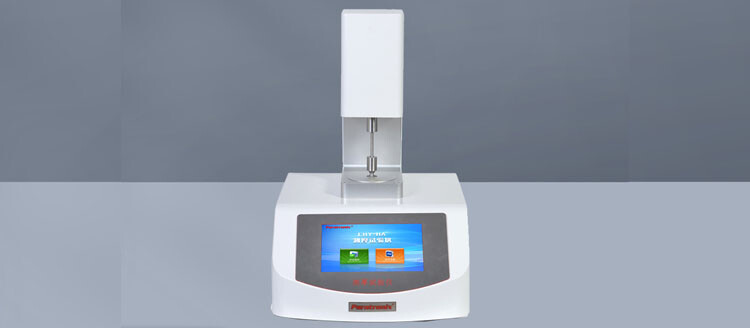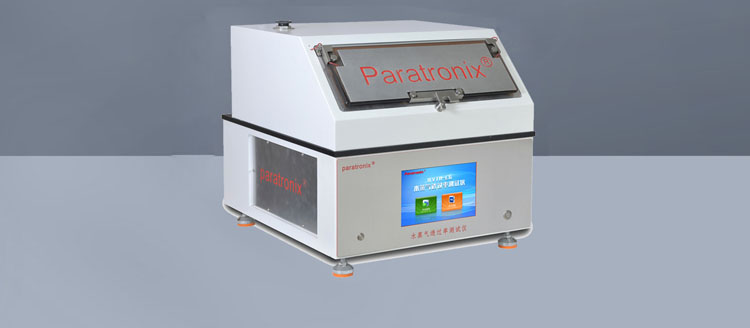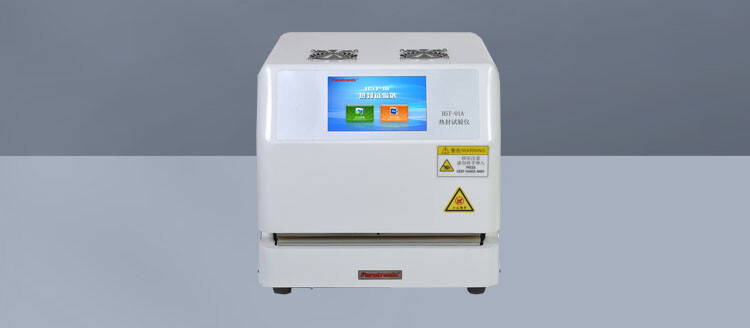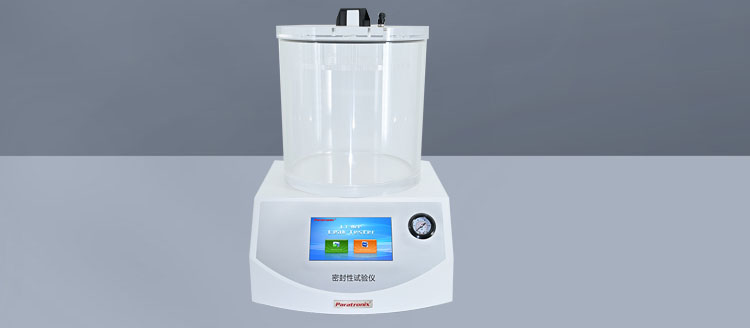Recent Posts
 Maintenance methods for thin film thickness detection instruments2025-12-15
Maintenance methods for thin film thickness detection instruments2025-12-15 Method for detecting the opening tension of food chain self sealing bags2025-12-03
Method for detecting the opening tension of food chain self sealing bags2025-12-03 Packaging industry testing instrument - moisture permeability tester2025-11-26
Packaging industry testing instrument - moisture permeability tester2025-11-26 What testing instruments are used for testing the heat sealing performance of thin films?2025-11-20
What testing instruments are used for testing the heat sealing performance of thin films?2025-11-20 Precautions for using negative pressure seal detector2025-11-10
Precautions for using negative pressure seal detector2025-11-10
Test object: toothbrush bristles, unlimited material for the lower sample
1. The testing equipment for the friction coefficient of toothbrush bristles is improved based on the PCF-03 model of Paratronix to meet the measurement of the friction coefficient of toothbrush bristles.
This scheme not only retains the testing accuracy of PCF-03 itself, but also designs testing fixtures specifically for the characteristics of the sample, ensuring the rationality and accuracy of the testing to the greatest extent possible.
PCF-03 Friction Coefficient Tester
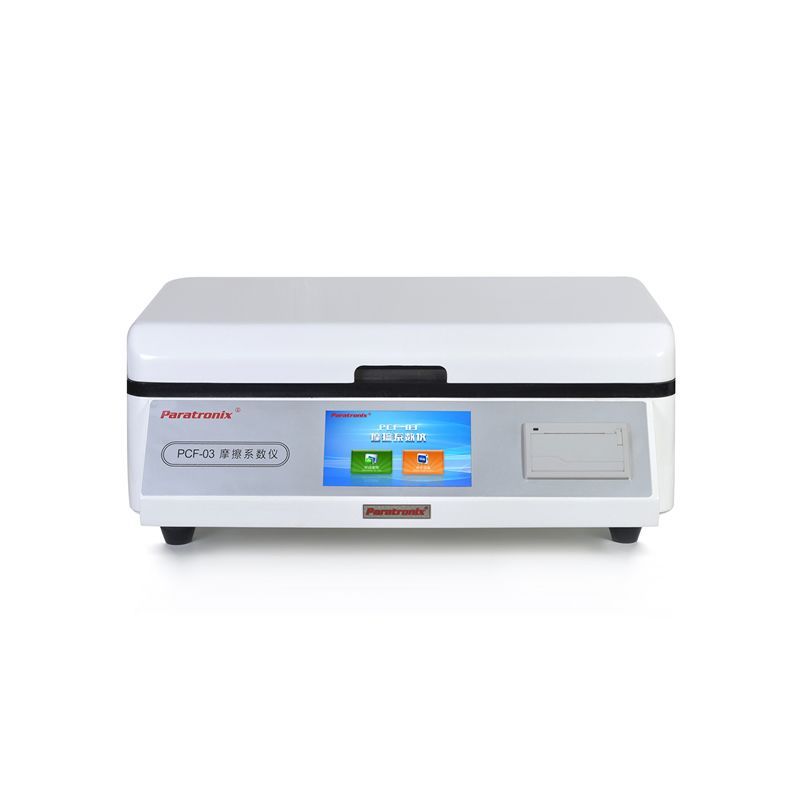
PCF-03 friction coefficient tester is a professional friction coefficient testing equipment developed and designed based on GB10006 and ASTM D1894 standards; Specializing in measuring the static and dynamic friction coefficients of materials such as plastic films and sheets, rubber, paper, cardboard, woven bags, fabric styles, metal composite tapes for communication cables and optical cables, conveyor belts, wood, coatings, brake pads, wipers, shoe materials, tires, etc. when sliding. By measuring the smoothness of materials, the production quality and process indicators of materials can be controlled and adjusted to meet the requirements of product use. In addition, it can also be used for measuring the smoothness performance of daily chemical products such as cosmetics and eye drops.
2. Change plan
The modification plan is to clamp the sample in a fixed device, with bristles arranged longitudinally in parallel, and place the sample between two standard pressure rollers. The pressure rollers are fixed on two brackets, and the lower pressure roller is fixed on the testing table. The upper pressure roller can slide freely up and down (axial force can be applied to the sample, and the magnitude of the axial force can be changed by a weight). The motion device is connected to a sensor, and by pulling the sample in one direction through the connection device, the friction force during the motion process is measured, and then the friction coefficient is calculated.
The upper pressure roller is guided by composite material low friction guide rails to minimize axial force errors to the greatest extent possible.
The plan retains the PCF-03 motion device, and the testing process adopts traction motion with screw and guide rail coordination to ensure smooth motion and maximum accuracy of the testing force value; Change the sample loading and friction method according to the plan; Following the principle of single variable in the testing process, commonly used and stable quality materials are selected as the friction medium with the standard sample. The standard roller shaft is a universal component with stable quality, large usage, and low cost. Similarly, to avoid affecting the test results, the standard roller shaft is designed to be detachable and replaceable, making it convenient for customers to replace the sample themselves and easy to operate.
3. Operating instructions
1.Arrange the samples longitudinally parallel in a fixed device and press the blocks tightly (multiple sets of samples can be prepared simultaneously);
2.Adjust the position of the sensor and connection device, place the prepared sample flat on the lower pressure roller, guide the upper pressure roller vertically onto the sample through the guide rail, and change the axial force by adding or removing weights;
3.Set parameters such as axial force, motion speed, and motion stroke ;
4.The required friction coefficient can be measured by starting the test.
Leave A Reply
Search by Keywords

